#it's been over 2 months
Text
need something to bring me back to life.
3 notes
·
View notes
Text

obsessed w these boneheads as of late :]
#griddlehark#tlt#the locked tomb#gideon nav#harrowhark nonagesimus#gtn#when u and the situationship livin it up in a haunted palace... FO FREE!!!!!#i wanted 2 do a background 4 this but college and work have been kicking my ASS so#figured i should just post it and move on i got other sketches and wips#anyways hello tlt fans do not expect me 2 draw anything the same twice. love u <3#in this kitchen we fuck it And we ball. no artistic sameness and we like it that way. i also serve food once a month#stay at your own risk#i've been going insane over tlt by myself on my side acc and the longer i have no one 2 talk abt nona grief with#the more art i will pop out. but also pls i need 2 talk abt this shit w someone i'm coughing and dying out here
5K notes
·
View notes
Text
genuinely about to cry at the word for france in te reo māori. so like. almost every country name is just the english name but altered to only have letters that exist in te reo (so like canada = kānata, norway = nōwei etc) except france that is literally just fucking. wīwī. as in ouioui. imgoing to fucking die
#found it last night and it's the funniest thing ive ever seeeeeen it made me laugh so#much i couldn't stop coughing for hours afterwards but it was literally worth it. help mee#kei te mare tonu ahau :( it's been over a weeeeek smashes phone#te reo māori#aotearoa#barking#sorry for 2 a/otearoa posts within 24 hours i try to limit it to like once a month at most so i#dont seem insane but these were both relevant rn🙈#once a month thing is a joke i dont count it but like. yknow#languages#te wiki o te reo māori
50K notes
·
View notes
Text
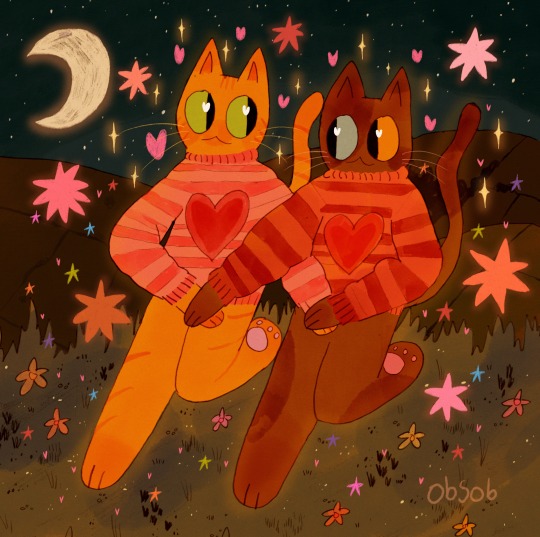
oooooooooough i love you i love you i love you!!!! hand in loving hand !!!!!!
#mine#cats#i was like losing it over th colouring yesterday like this SUCKS and then looked at it 2day n was like. anyway#ive been unstoppable since ive figured out how 2 do glowy things#me n my partner went ice skating this evening !! so so fun#i love how girls will just peacefully hang out in the centre ice doing spins n boys will fast and furious skate around at 100mph#like we dont need to be doing all that#as soon as i see a boy w hockey skates enter the ice i am now leaving the ice#anyway....i got a slightly dubious fantasy audiobook 2day we will....see...how it is#whenever i read a fantasy book written by a man my hackles are up i am scenting the air i am growling#have i finished assassins fate u ask.....no :3#its been sitting at 30% for like 4 months i cant bring myself 2 read more KJBDSSK#there is like so much book left. so much that can go wrong#i will finish it soon i prommy i prommy...n then listen 2 th tawny man audiobooks :3#ngl this fitz n fool trilogy isnt super doing it 4 me im not finding it as Invigorating for sm reason#still good !! but def my least fave of th three trilogies#anyway. i am going 2 bed
2K notes
·
View notes
Text
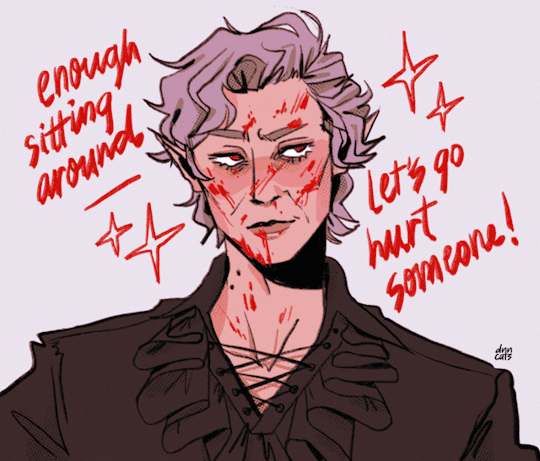
slaying while slaying 🔪🩸
still + alt color:


#art#dnncats#astarion#my beloved#baldurs gate 3#bg3#astarion art#havent been active w art but big news this man has me in a GRIP#going 2 ramble in the tags a bit for those who Care!!!#the brain has been rotting ovr bg3 for like. 2 months now#ive done 2 playthrus (1 current) so far and bro ive only ever romanced this fucking guy its so over 4 me.......i cant deny him#i love him so much my chaotic neutral bf wife#ive gotten my ass beat by abdirak in the goblin camp every time for his approval#its actually so serious LMFAOO#anw more astarion art 2 come hopefully hehehe <3
2K notes
·
View notes
Text

i have NOT drawn enough talk sprite redraws. Heres some warm ups!! RAAHH 🦖
#deltarune#susie deltarune#myself#fictive#fictives#warm up is a strong word blah blah blah i KNOW these are too detailed for them. what i MEAN by this is that theyre colored warm ups that#i ended up finishing over time lol#susart#putting this on my blog because i helped aaaaand i want people to remember that i exist lol#im NGL we also drew this because i dont know if people even remember who we are#im SURE people do but we have only had 2 commissions these past 2 months which is a little odd and off schedule#and i realized that because were not drawing what WE want to draw because weve been so busy…#then of course people might not see me! imnot drawing fanart and personal art lol#thats my little theory#PE has been a freak to me#you have no idea man. guys. ugh#anyway enjoy this lol
905 notes
·
View notes
Text
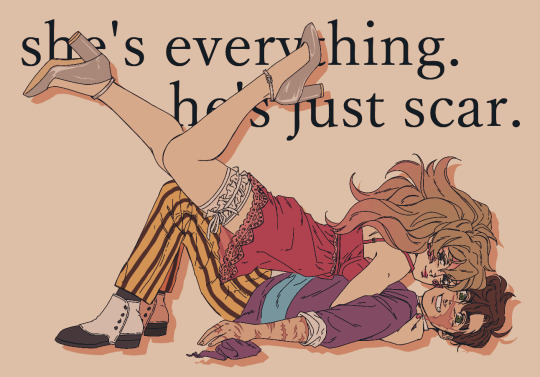
heyyy <3
#desert duo#grian#goodtimeswithscar#hermitcraft#mcyt#favourarts#mcyt fanart#hermitcraft s7#ok to tag as ship#DREW THIS IN AN AGGIE A MONTH AGO . N LEFT IT UNFINISHED#SUDDENLY GOT POSSESSED N WORKED ON IT TODAY N YESTERDAY#NOW ITS DONE !!!!!!!!#im still very much insane over them btw#just found it hard 2 draw for like a few months <//3#maybe bc it was the last few months of high school n i was GRADUATING#n got busy w ENROLLING#oh but like yk its not a big deal /s JHSKFJSFDSJDF#anyways hope u enjoy ^_^ hope that my love for these two is still apparent in this drawing even tho its been 3 months ^_^
2K notes
·
View notes
Text
been a sec since i promo’d wiz patreon, but will be caught up on stickers next month. i’m re-releasing the very first patreon sticker for anyone who’s in the sticker tiers in january, this one here🎉<|:•)

if you’re in in december you’ll get a snowman wiz as well, exact design TBD later this month🌨☃️
#wiz biz#patreon#sticky stuff#alt text#been hauling ass to get 5 months of stickers done in the last 2 months here so v active over on patreon rn#haven’t wanted to promo it here til i got caught up#*updated the image this is the new design wahoo !
940 notes
·
View notes
Text
-
#ky speaks#the period of time between getting the call to schedule my assessment and the actual assessment is absolutely DRAGGING#i feel like i scheduled it FOREVER ago#it's been over 2 months#i went on an entire European vacation in the meantime#and it's still absolutely dragging#it's in a week and a half now#and the closer it gets#the more time seems to slow down#i really really just want to get it done already#i want to start T#i want to legally change my name and gender#but im kinda stuck in this limbo waiting for my assessment#because I've decided i won't do anything#ie start legally transitioning or coming out to my wider family or my workplace#until after the assessment#just incase he doesn't refer me through to start hrt#cause i wanna already be on T and medically transitioning when i do all that#idk why i just think it'll be easier#and also maybe when i start T and my body and voice start changing#then maybe my parents will finally start taking this seriously#and finally start using my proper pronouns and chosen name#can it be july 26th already please thx
0 notes
Text
if one-sided radiostatic doesn't end up being canon I just would like a personal explanation for the bi flag crash screen
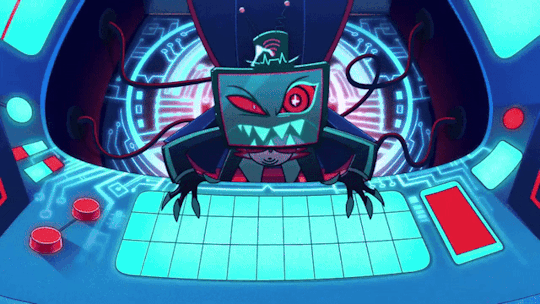
like okay I know he's canonically bi but how does his bisexuality have anything to do with stayed gone if one-sided radiostatic isn't at least a bit canon. like genuinely. I WOULD LIKE TO KNOW. did they just randomly decide "yeah let's make vox bluescreen and specifically state that alastor is the reason and then make him crash into the bi flag for 2 frames immediately after cause that'd be funny" and then not think of the possible implications
#osrs.txt#like this is the one thing that's made me go “oh yeah they INTENDED this”#everything else I can take as “it's fun to read into”#but like the BI FLAG CRASH SCREEN??? REALLY???#also yeah been like a month since I first discovered it but I'm still not over these 2 fucking frames#vox fighting against his bisexual demons#radiostatic#staticradio#onewaybroadcast#hazbin vox#hazbin hotel vox#vox#vox hazbin#vox hazbin hotel#bisexual
367 notes
·
View notes
Text

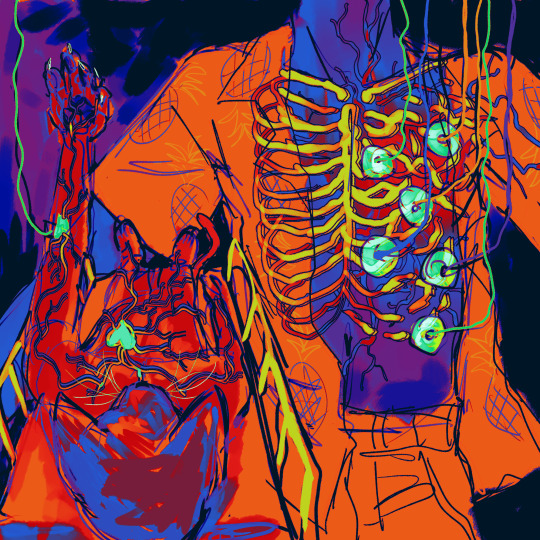

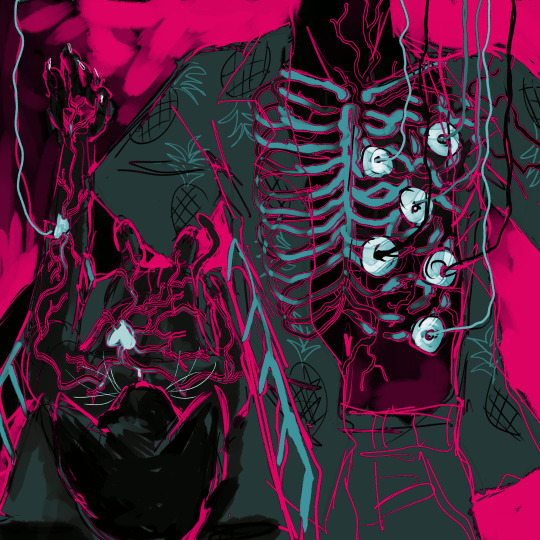
something happened to me on that day
#art#perfectly ok to rb :)#IVE BEEN NEEDING TO DRAW THIS FOR OVER A MONTH#but ironically i was too physically and mentally ill to make it#i will probably make a lot more art based on the worst parts of the last 2 months#needles#tw needles#medical#gore art#gore#tw veins#veins#vent art
1K notes
·
View notes
Text

WE'RE IN THE SINGLE DIGITS RANGE NOW, Y'ALL. NINE DAYS. HOW ARE WE FEELING 😀😀😀
#OFMD#OFMD Season 2#Our Flag Means Death#ofmdsource#ofmdedit#ofmd gifs#ofmdblog#ofmddaily#Lucius Spriggs#Izzy Hands#Edit#I AM JUST#Like I'm beside myself quite honestly lmao#I can't comprehend it at all#I've been struggling to do so ever since things started EXPONENTIALLY ZOOMING OFF#and shh listen shhhshshshsshshshh#i understand that i'm a clown okay#i understand that i was being horsey about it like two months ago#and now i'm over here panicking over it coming out in just nine days#but listen#l i s t e n#the first step is self-awareness okay HSDJKSL
1K notes
·
View notes
Note
How are the new glasses working out?

Yeah, they're um, *clears throat and starts crying anyway* they're working great.
#for context: this is the longest I've gone without a migraine in over a decade#and in the 2 last years I was having 15-20 migraines a month#with no time to recover in between#this has been so life changing#I've finally been able to rest and recover for the first time in over two years#I'm so happy I keep crying#binocular vision disorder#atypical binocular vision disorder
3K notes
·
View notes
Text

something about a connection you'll always want but can never make
#atris#the exile#jedi exile#kotor#kotor 2#kotor ii#my art#honestly this is maybe the first time in over a month i didn't just close csp after five minutes in frustration#not to say that i'm too happy with this but at least it's passably finished#but like!! i get atris!! as a person who cannot make or keep connections i WOULD both resent and admire a person to whom that came easy!!!!#you trick yourself into believing you should be an outside observer because you've never really been on the inside! atris is really just a#lonely girl on the jedi academy playground at heart
163 notes
·
View notes
Text
HAPPY BIRTHDAY TO LIGHT & NIGHT!!!!

It officially became a year old today :}

#“WHAT'S THE TIME? WHERE'S IT GONE?” IS RIGHT LIKE WHAT HAPPENED#HOW HAS IT BEEN A YEAR#I REMEMBER LOSIN MY SHIT OVER THIS UPLOAD MAN#i cant believe its been a whole year#good god#don't even get me started on the fact that TMR & TfaR is gonna be a year old in like 2½ months#oh god no that means vol 1 is about to be fully a year old no no no no#time really is the ruler of everything#ough i cant believe this#chonny jash#chonnys charming chaos compendium#moss post
220 notes
·
View notes
Text
Let's talk about spring hounds!
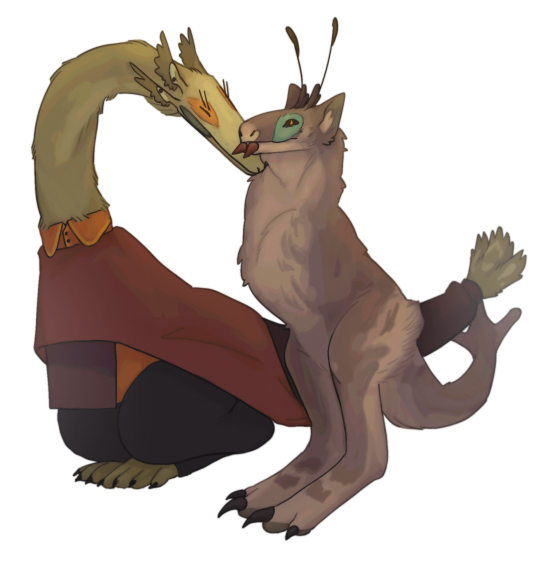
Spring hounds are the analog for dogs on Aurum, occupying a similar niche to wolves. They became domesticated a lot later than ours did, having become genetically distinct from their ancestors about 20,000 years ago. Because of this, along with other factors, they aren’t as physically diverse as our dogs are, but they fill many different niches and do have distinct breeds.
Remains of their ancestor species were found in singer burial grounds as far back as around 48,000 years ago! That’s around 20,000 years before Aurum’s last mass extinction event! The working theory for why it took them so long to become their own species is that bands of C singers would kidnap pups and raise them as their own on occasion. Since that was uncommon at the time, domestication just didn’t have the chance to come about until later.
Later on, because of an asteroid impact, populations of most species dropped drastically or completely disappeared. Spring hounds ancestors had a hard time coping with the post-impact world, and taking more scraps from the species who can hunt large game seemed very alluring. Over the next few thousand years, as the two singer species started to get more and more intertwined, spring hounds changed a lot. Close proximity to C singers made them much more sociable, trainable, and visually appealing (yay neoteny).
The reason why working with this species specifically was so appealing to Cs was the difference in their hunting methods. Cs are ambush predators, they can reach extremely high speeds, but not for very long. Spring hounds are endurance predators, they can pursue prey for much longer. When whatever is being hunted tries to escape, spring hounds are there to cut them off or herd them back to the hunting party. It's a system that benefits both, and that forged a deep bond between the two species.
Spring hounds still exist in the modern day, they're a very common working animal and even more common companions. It's common practice for Cs who give birth to only one child to get their child a spring hound pup to play and socialize with.
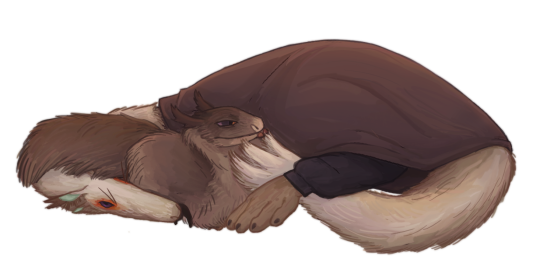
E singers also keep them as pets, but their relationship with them is similar to our relationship with cats. Spring Hounds are slightly intimidated by Es size, and Es have a harder time forming bonds with them because of this. However, they are still pretty popular pets, and the two can form close bonds with each other like Cs can. Es just need to approach them with more patience and understanding.
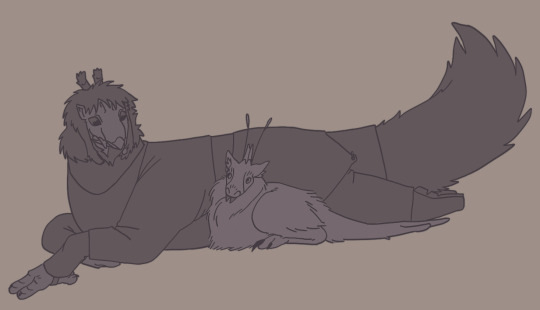
Biology

With strong legs, stocky bodies, and mouths full of sharp teeth, spring hounds make formidable predators. Their body plan is similar to that of a kangaroo because of their shared need for endurance. They can hop at a stable speed for miles, pursuing prey until the exhaustion overcomes them.
Their tail has the same 3 segments most members of their class do, and it's used as a leg when they aren’t moving. The only exception to this is the awkward shuffle they do to move very short distances.
Their feet have one large claw to hook onto prey while they hold them down. Since they hunt in packs, they use their collective weight to hold down whatever they catch.
Large ears give them great hearing, allowing them to be alerted to things moving a considerable distance away from them. The long, thin feathers on their head are connected to recessive ears, which evolved to be used for communication and courtship.
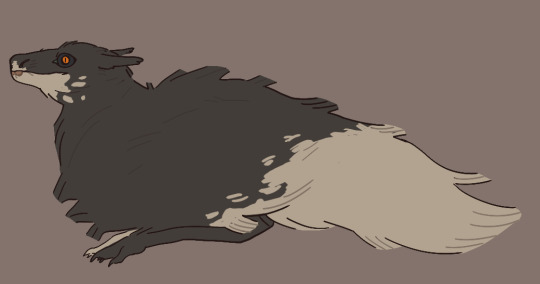
Spring pups are much fluffier, lacking the tusks and open ears of an adult hound. Their young are more altricial than Cs, and are unable to walk or hear for a few weeks after they are born. The two parents of the pups will take turns watching over the litter while the other one hunts. They can start eating meat after a couple of days but cannot crack through shells and bones until they're older.
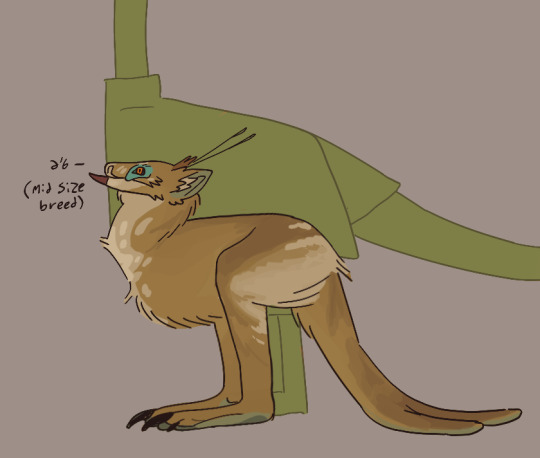
On average an adult spring hound is about 2-3 feet tall, but some breeds get closer to 1 or 4 feet.
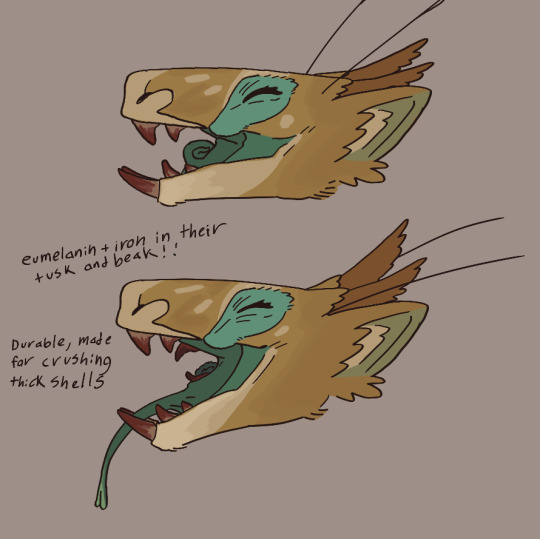
Their mouths are a bit overcomplicated, again like most animals in their class. One thing that sets them and the species closely related to them apart is the fact they are both carnivorous and have external tusks. The external tusks are not really for hunting, but for manipulating and holding onto carrion, and for building nests. Unlike their internal tusks, the external ones can move slightly up and down. They'll hold objects between their external tusks and tongue, and while they don't have the strongest grip, it makes up for their lack of forelegs or arms. The internal ones are used for hunting, so they’re are more firmly set in the jaw and are much sharper. Their beak is the real star of the show, however, it's the strongest part of their mouth and can bite through a lot of the harder parts of the animals they eat. In households, they have a bad habit of biting chair legs in half that are too thin if they don't get trained to use a designated chew toy. The “tongue” inside is a radula, and it's covered in thousands of teeth.

Their eye color ranges from yellow to red, but their sclera is usually the same shade of very dark blue. Similarly to c singers, their eyes are not round, and are instead eye stalks similar to a mantis shrimps underneath skin, fat, and muscle. Their eyes rotation is limited, and they often will rotate their heads or bodies to get a good look at something. The “pull apart” style pupil is common amongst more nocturnal or crepuscular predators, with spring hounds falling into the latter category.
Coat genetics
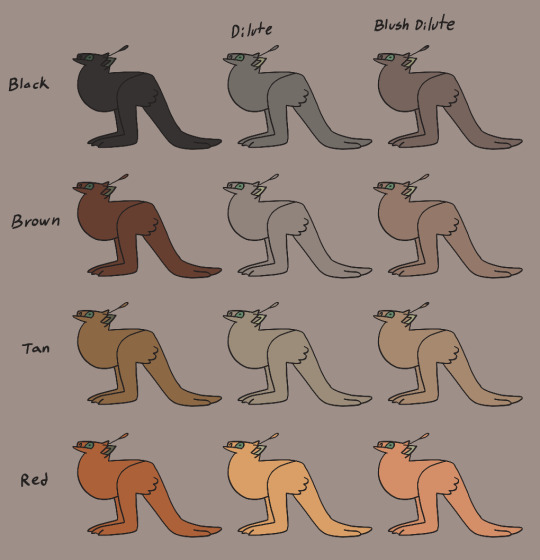
There are 12 categories of spring hound base coat colors, with 4 major color categories. Brown and tan are the most common, with black being a bit more uncommon and red being the rarest. The dilute gene is self explanatory, it lightens the color and patterning of the coat to varying degrees, nothing too flashy. The blush dilute is somewhat similar, but it impacts the pheomelanin less than the eumelanin, therefore it leaves a bit more of a rosy tone. The gene for dilute and blush dilute are both recessive, but it might show up again if the same type of dilute gene exists in both parents.
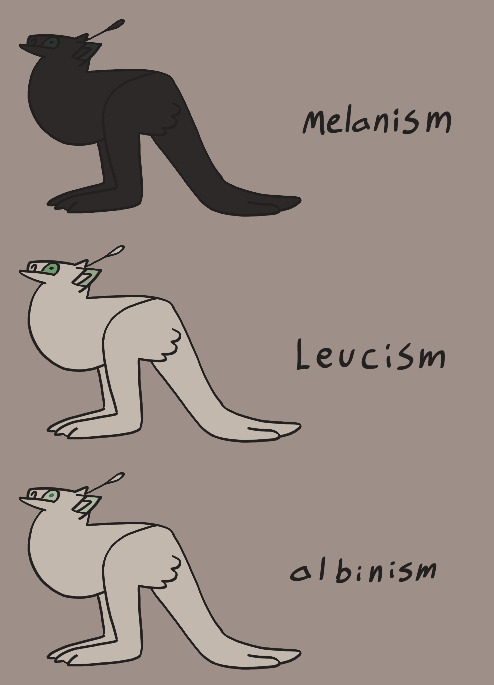
There are some other colors that are the result of genetic mutations. All white coats don't exist in spring hounds standard coat colors, but leucistic spring hounds are not uncommon, so it was assumed they were part of the standard array. Albinism and melanism are both rather rare, but melanism doesn't come with health issues like albinism does, outside of being more vulnerable to heat stroke in some regions. Spring hounds with albinism tend to be visually impaired or blind, and it also weakens their tusks enough to require a diet with less hard bones and shells.

The most common coat pattern is the colorpoint pattern. On earth, colorpoint cats have pigment in the warmest parts of their bodies. Spring hounds get pigment on the parts of their body that get the most sun exposure. This coat pattern comes about with age, and the amount of sun exposure they get in their early years has an impact on how dark their fur gets, along with genetics. Pigment shows up on the feet and under the tail because body heat does have some influence over where pigment shows up. This patterning frequently shows up along with other coat patterns, and most spring hounds will at least have a faint version of it under their stripes or splotches.
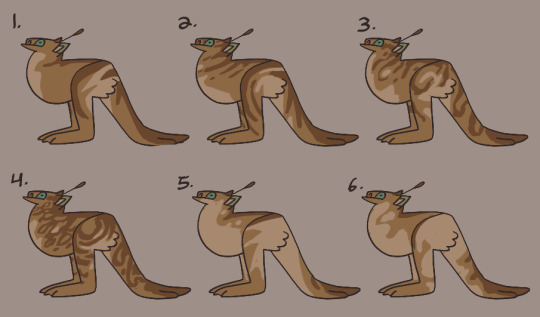
The other common coat pattern for spring hounds is stripes, but some patterns are less common than others.
The most common stripe pattern, feral populations would often revert back to this pattern after a few generations.
The same as above but with more intense striping.
The equivalent of a blotched tabby, it’s less common but not rare.
The same as above but with more intense striping, this is a very popular stripe pattern.
A much more rare version of the common striped pattern, with less striping and larger light patches.
A similarly uncommon version of the “blotched” stripe pattern with larger light patches.

The primary multicolored gene has a lot of color variety within it, with the gene causing specific pigments in the fur to either be greatly reduced or absent entirely. This exists in all fur coat genetics, but shows up a bit differently in all of them. Pigment loss tends to be concentrated on the underside of the body. Above are some examples of how this gene can change a spring hounds coat.
A lack of eumelanin, causing the affected fur to have a red to orange hue.
A complete lack of melanin, causing the effected fur to have a white hue.
A partial lack of melanin, causing the affected area to be a diluted tone, it can have a “blush” tone if the spring hound carries the gene for it.
An example of how the first version of the multicolor gene would look on a brown fur tone, the genes do not add pigment, so they change in accordance to the melanin ratios in each fur tone.

There can also be white spotting that goes along with this gene, here are a few examples of what that looks like on different variations of the multicolor gene.

Finally, here are some examples of different coat lengths. While these exist on a wide spectrum, they usually fall between 1 and 2. 3 is only really seen in breeds from polar regions and occasionally in mutts with the genetics for it. Short fur is seen as the most aesthetically pleasing, as it is easier to maintain and keep neat.
There are many, many combinations of all of these genes, giving spring hounds a wide variety of coats.
As for other physical features, the genetics are less clearly understood for a few reasons. Namely the fact they have not put much effort into recording the lineages of breeds.
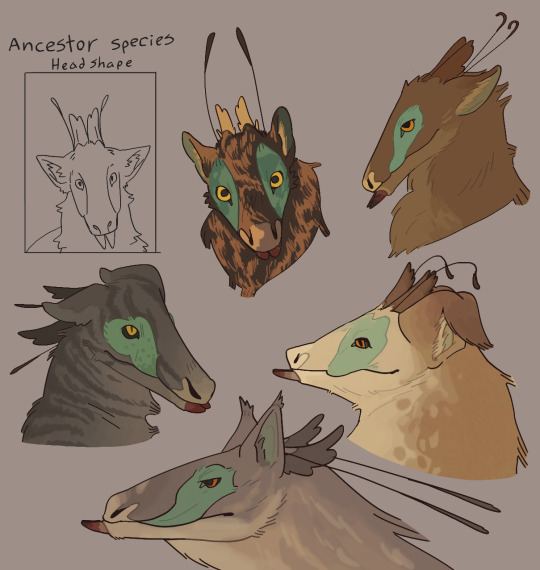
While there are no agreed upon breed standards, spring hounds have still changed in accordance to their jobs. Differences in appearance are either practical or purely incidental, breeding for specific traits for aesthetic reasons is more common in domestic fungi or plants. The image above is just a few examples of the variety of appearances.
Fun facts
They clack their beaks when they're content, it sounds a bit like this, but muffled.
A common play behavior is to nudge their companion with their tusks, which hurts BAD if they’re being rough or are running up to you before doing it. This is discouraged at a young age as to not cause any actual damage when they’re larger and stronger.
They’re mesocarnivores, with about 60% of their diet being meat.
Their favorite places to be pet are usually behind their ears, their cheeks, and the top of their back and tail.
#thank you my good friend cosmo for the name! and everybody who helped beta read this too!#spec bio#speculative biology#my art#worldbuilding#singers#ive been working on this for a bit over 5 months im finally done im free im alive and breathing fresh air#i feel like chell post portal 2
170 notes
·
View notes